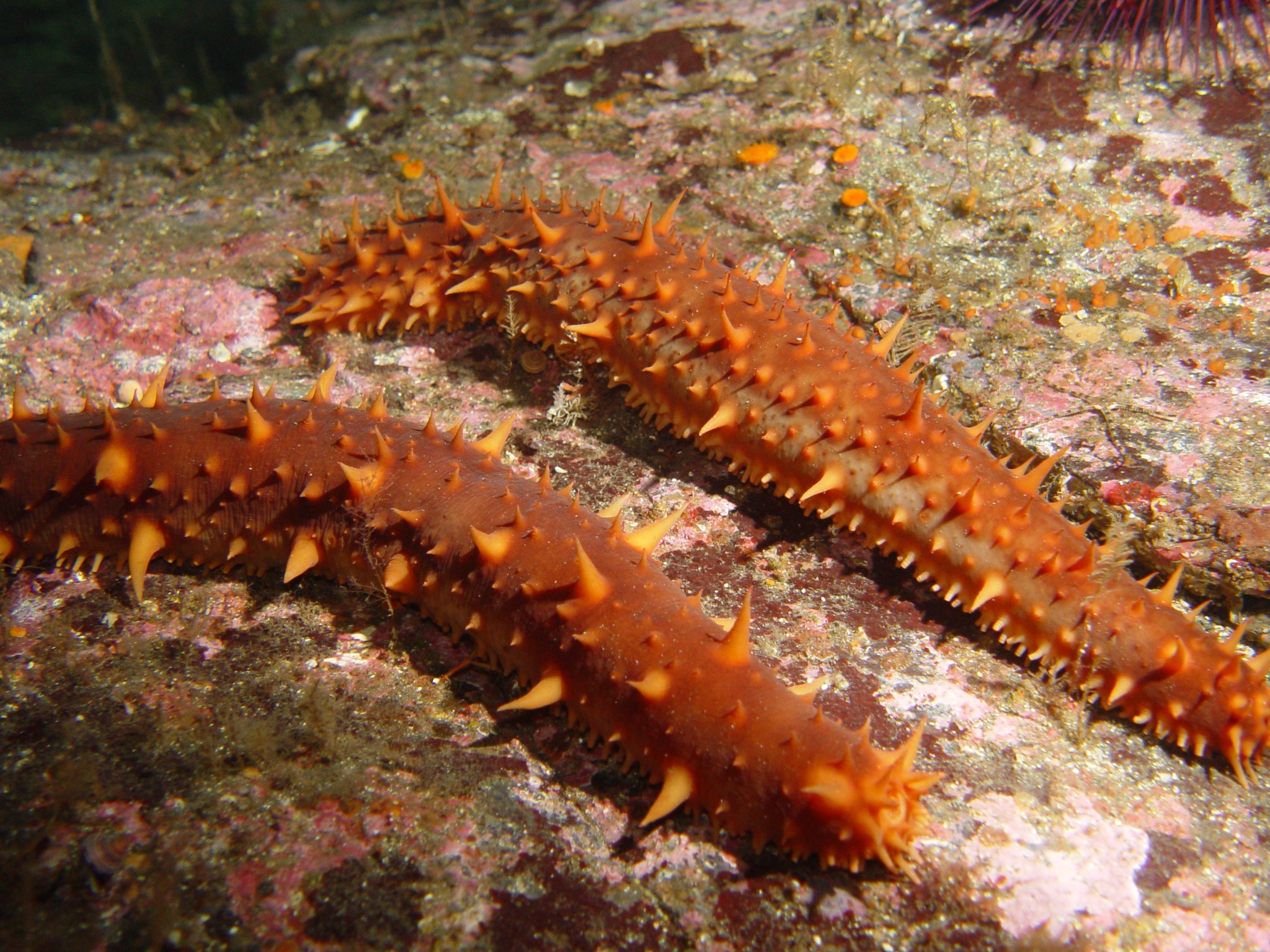Hatchery effort have been limited
Though sea cucumber revenues in Southeast Alaska have been on the rise since 2010, harvests aren’t what they could be because of a growing sea otter population. The industry’s counter to raise baby cukes then transplant them into areas void of otters hasn’t yet panned out.
As it turns out, raising sea cucumbers in a hatchery has been a lengthy process, according to Phil Doherty, executive director of the Southeast Alaska Regional Dive Fishery Association in Ketchikan.
“We had to learn how to send adults up there [to the Alutiiq Pride Shellfish Hatchery in Seward]. That took a couple of years,” said Doherty. “Then, we had to learn how to spawn the adults at a particular time of year. That took a couple of years, but we were able to raise them at least where they were beyond larval.”
“So far, no one has raised them to adults or to a marketable size,” said Doherty.
In the meantime, sea otter populations have expanded into the areas that had been previously designated as the transplant sites for the young cukes. The plan to enhance the stocks and stay a step ahead of the otters began 10 years ago; now, the industry must consider redirecting its efforts.
“We need to figure out what the next step is going to be,” said Doherty. “As the sea otter population continues to grow, we are wondering whether enhancement was the way to go.”
Despite otter predation, sea cucumber harvests have ranged from a high of more than 1.6 million pounds during the 2009-10 season to a low of around 1 million pounds in the 2011-12 season. Ex-vessel prices during that same period ranged from a high of $5.06 per pound to a low of $2.30 per pound. Fleet revenues range from a high of $6.18 million to a low of $3.21 million. Effort among the dive boats fluctuates between 169 to 199 divers. Average revenues per diver ranges from a high of $30,790 to a low of $17,841.







